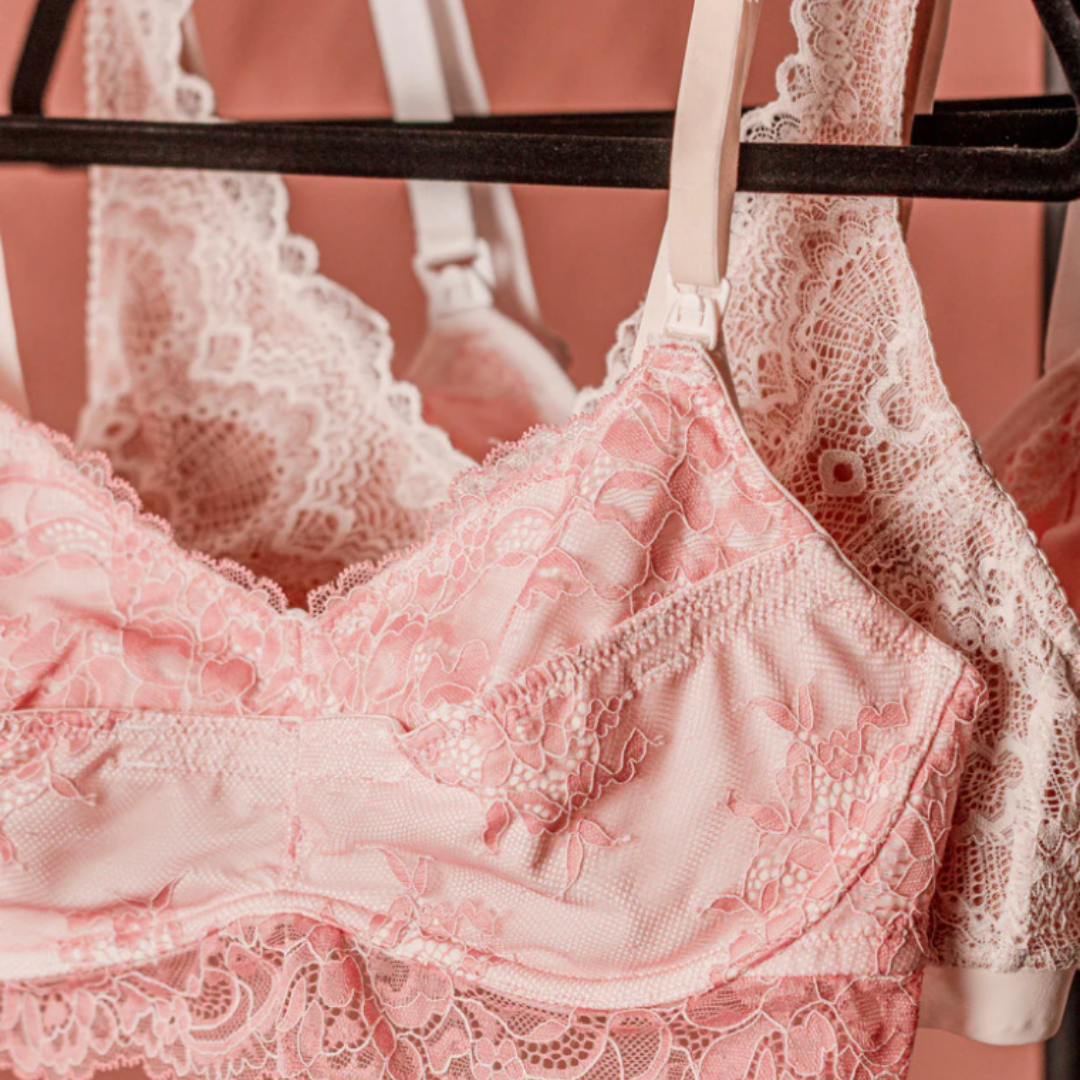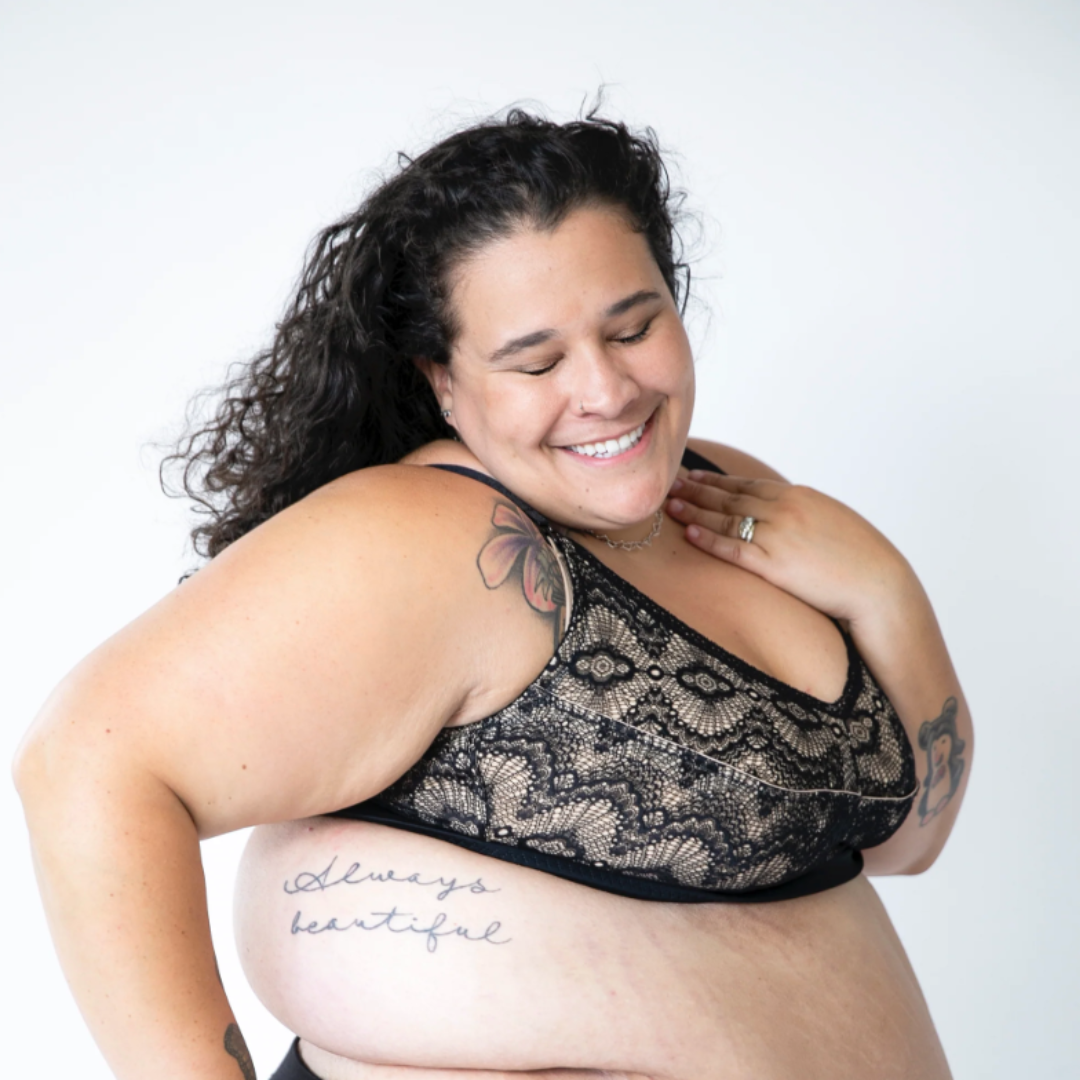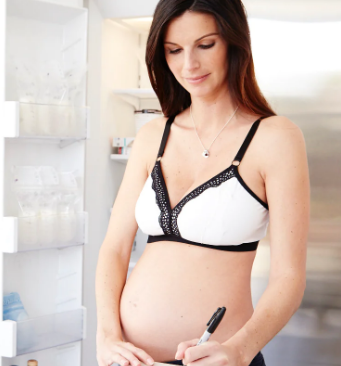Suppose you are starting your breastfeeding journey after a planned cesarean section. In that case, your recovery might look a little bit different than someone who delivered their baby by vaginal birth or emergency c-section.
Whether your birth plan went as expected or not, you can still meet your breastfeeding goals with some perseverance, helpful resources, and a strong support system.
Pain Medications and Their Effects on Breastfeeding
Many women worry that their pain medication from having major surgery can affect their ability to breastfeed. While it might make the first day a bit more complicated, it doesn’t mean that you can’t breastfeed after a C-section.
It’s important to remember that getting the proper medication for pain relief is important to you and your baby’s breastfeeding experience. If you are in pain, it can interfere with your body’s ability to release the hormone oxytocin, which helps your milk flow properly, especially in those early days.
If you have general anesthesia, you could have a bit more of a sleepy baby, but the benefits of colostrum and breast milk far outweigh that small effect. To get a good start, you want to initiate skin-to-skin contact as soon as possible, and if for any reason you need to be separated from your baby right after the delivery, be sure and request a pump, especially if the time away is predicted to be extended.
Try Different Feeding Positions
Since your incision site is going to be tender, especially while you’re still in the hospital, it’s important to find a comfortable breastfeeding position. You can also request the hospital staff to bring you extra pillows to your recovery room to help adjust your body and baby while you both are figuring things out.
The 3 most common breastfeeding positions for moms who deliver by cesarean section are the football hold, the laid-back hold, and the side-lying position. This puts the least amount of pressure on your abdominal incision while allowing the baby’s body to be positioned correctly to latch onto the breasts. You can use pillows for extra support for your baby as well as for your own body.
You can try different positions until you find what works best for you and your baby. If you are struggling, be sure and reach out to a lactation consultant for advice and more hands-on help.
Getting Started on Breastfeeding Your Baby After a C-Section
The most important thing in getting your breast milk supply going after a c-section delivery is to get skin contact with your new baby. This will help your body begin the process of releasing the proper hormones and ramp up your system for success.
If there is a medical issue or other health problems with yourself or your baby directly after delivery, there are still steps to take to begin breastfeeding. Part of this might depend on if your c-section was planned or whether it was an emergency with potential trauma.
Sometimes traumatic circumstances can affect your letdown and flow of breastmilk. In situations like this, it is a good idea to reach out to a lactation specialist for extra help so that you can know the steps to take to jump-start your milk production and begin to find ways to meet your baby’s needs with your breast milk.
They might recommend hand expression or the use of an electric breast pump, especially if you are going to be separated from your baby for a long length of time. They can also provide you with resources and tips to help you physically, mentally, and emotionally as this journey is never the same. Still, they often have a lot of experience in a variety of situations and can help you through yours as well.
You will want to keep in mind that after a c-section delivery, it can take a bit longer for your colostrum to turn to mature milk, especially if the delivery was traumatic or you were administered a large amount of fluids before your baby was born.
A baby delivered by cesarean can also have more fluid in their system, making them not quite as motivated to eat, especially on the first day. If either of these is happening in your situation, just remember to give yourself some grace, and just because things might not be going by the textbook, that doesn’t mean your breastfeeding journey is doomed.
Other Helpful Tips for Breastfeeding After a C-Section
While getting started on your breastfeeding journey, it’s also important not to feel like you are having to do this by yourself. Accept offers of help from your birth partner, as well as help from friends and family. While they can’t directly breastfeed your baby, they can offer emotional support to you, as well as help in other ways that give you more time to focus on what you need to do.
If you have a home with stairs, have a plan in place where you can limit yourself to the ground level while you heal. This, along with hiring a postpartum doula, will go a long way in your recovery process!
Find a Pelvic Floor Physical Therapist to aid you with recovery and steps to take as you regain strength and stamina. This is a great resource that is available that many new moms aren’t aware of.
Sometimes moms get lost in the process and forget that they are still in the midst of c-section recovery, which is kind of a big deal! (not to mention your body just created another human!) Be patient with yourself, with your baby, and with the breastfeeding process! It might not be easy, but it is an amazing experience and something that offers numerous benefits for you and your new baby.
If you have some more questions on breastfeeding, be sure and check out a couple of our other blogs, including Benefits of a Postpartum Doula and Breastfeeding 101.







Leave a comment
All comments are moderated before being published.
This site is protected by hCaptcha and the hCaptcha Privacy Policy and Terms of Service apply.